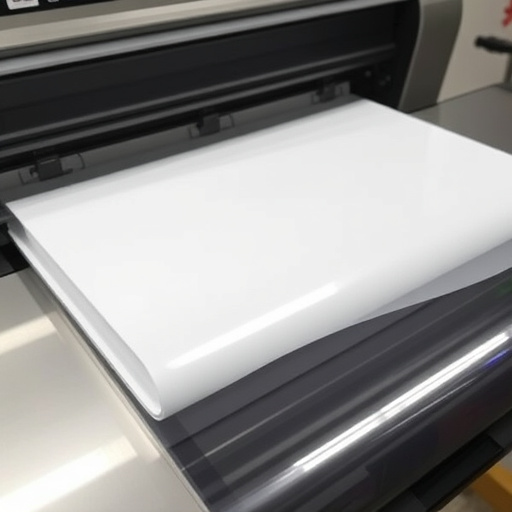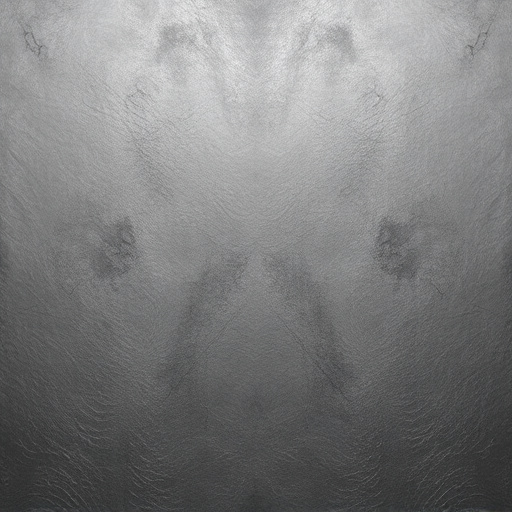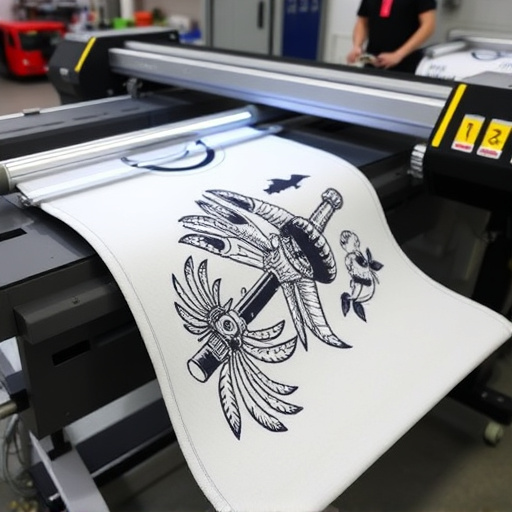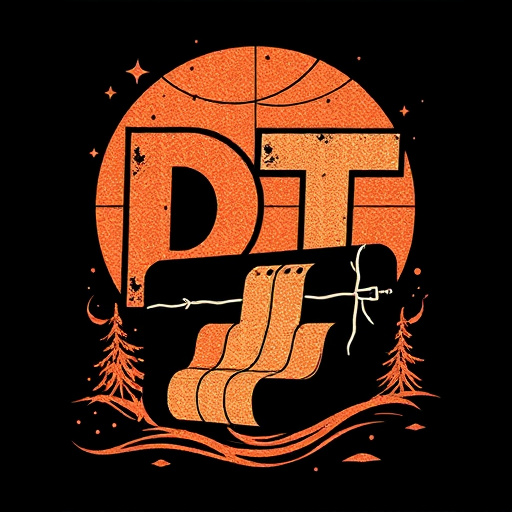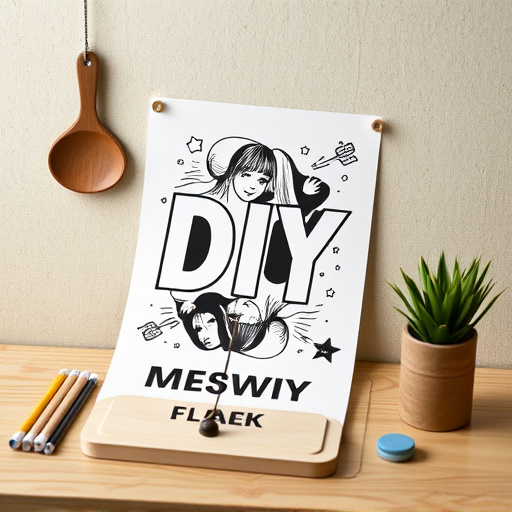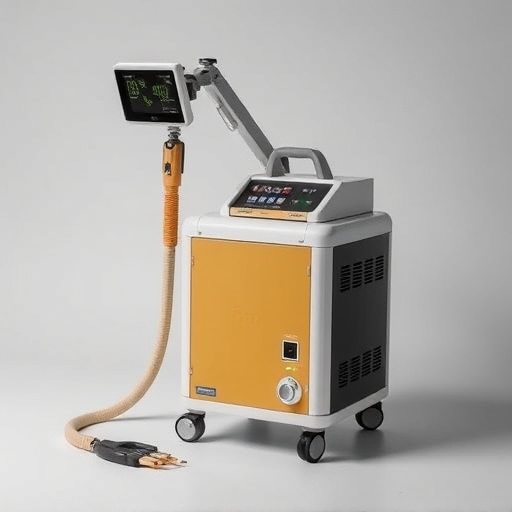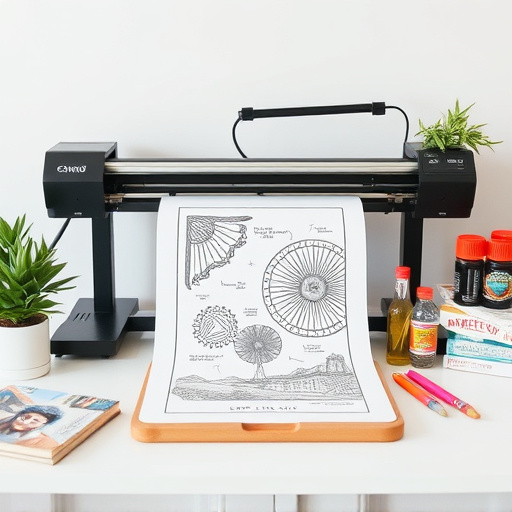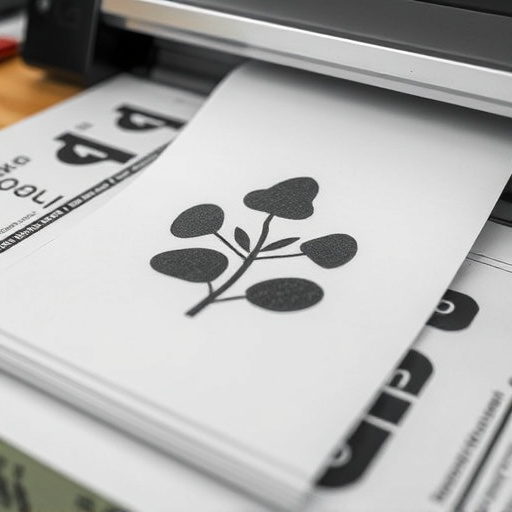Adopting Direct to Film (DTF) Small Orders technology is vital for businesses aiming to boost agility and efficiency in today's competitive market. DTF printing revolutionizes customization, enabling swift production of personalized items like hoodies and transfers, reducing waste, and maximizing productivity. Efficient order management through digital tools streamlines processes, enhances productivity, and customer satisfaction by prioritizing orders based on urgency and customization level. Utilizing powerful design software and automated tools for DTF production reduces manual labor, speeds up delivery, and fosters positive relationships with clients through swift fulfillment.
In today’s dynamic market, optimizing workflow for DTF (Direct-to-Consumer) small orders is key to success. This article guides you through understanding the unique impact of DTF small orders and provides actionable strategies for efficient order management. We delve into tools and techniques to streamline your workflow, ensuring prompt fulfillment and enhanced customer satisfaction. By implementing these tactics, businesses can navigate the challenges posed by DTF small orders and thrive in a competitive landscape.
- Understanding DTF Small Orders and Their Impact
- Strategies for Efficient Order Management
- Tools and Techniques to Streamline Your Workflow
Understanding DTF Small Orders and Their Impact

In today’s dynamic market, understanding DTF Small Orders is crucial for businesses aiming to stay competitive and efficient. DTF, or Direct to Film printing, enables the production of personalized items like direct to film personalized hoodies and dtf transfers with remarkable speed and quality. This innovative method allows for on-demand manufacturing, perfect for catering to unique customer demands and fostering a sense of agility in inventory management.
By embracing DTF Small Orders, businesses can unlock several benefits. It streamlines the order process, minimizing waste and maximizing productivity. Moreover, it empowers enterprises to offer a broader range of custom products, from apparel to accessories, thereby attracting diverse customer segments. This shift towards dtf printing not only enhances operational efficiency but also drives customer satisfaction by delivering tailored items promptly.
Strategies for Efficient Order Management

Efficient order management is key to staying ahead in the DTF Small Orders market. For businesses specializing in custom t-shirts or other graphic tees, implementing a streamlined process can significantly enhance productivity and customer satisfaction. One effective strategy is to utilize digital tools for order tracking and automation. These platforms allow for real-time updates on order status, ensuring every step of the process—from receiving an order to fulfilling and shipping it—is well-documented.
Additionally, prioritizing orders based on urgency and customization level can optimize production time. For instance, cold peel DTF transfers, a popular method for creating custom graphics on tees, offer quick turnaround times. By organizing orders accordingly, businesses can accommodate both small, time-sensitive requests and larger batch productions efficiently. This approach not only satisfies diverse customer needs but also ensures orders are fulfilled promptly, fostering positive relationships with clients who rely on swift production and delivery for their DTF small orders.
Tools and Techniques to Streamline Your Workflow
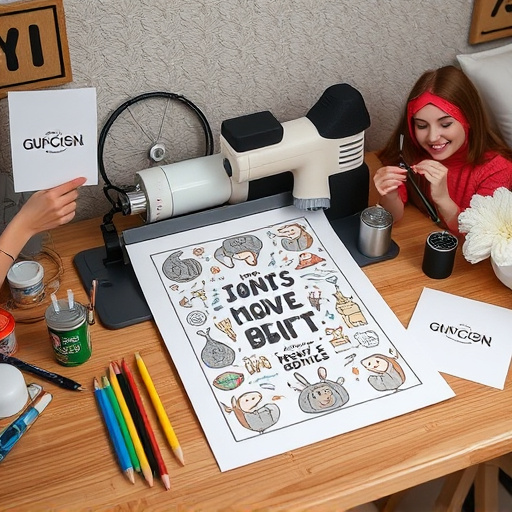
Optimizing your workflow for DTF (Direct to Fabric) small orders involves leveraging the right tools and techniques. Digital design software like Adobe Illustrator or CorelDRAW is essential for creating high-quality, intricate designs suitable for DTF printing. These programs enable precise vector graphics that can be easily scaled without loss of quality, perfect for custom logos and artwork.
Additionally, automation tools designed specifically for DTF production streamline the process significantly. Bulk DFT shirt production software reduces manual labor by batching orders, managing design placements, and optimizing print layouts. Cold peel DTF transfers benefit from these tools too, ensuring efficient preparation and application of transfers to various fabric surfaces. For clothing brands focusing on logos DTF, these streamlined processes enhance productivity, minimize errors, and ultimately deliver products faster to customers.
Optimizing your workflow for DTF Small Orders is a strategic move that can significantly enhance productivity and profitability. By understanding the unique characteristics of these orders, implementing efficient order management strategies, and leveraging the right tools, businesses can streamline their processes and deliver exceptional results. Embracing these practices ensures a robust and adaptable approach to managing DTF Small Orders, ultimately driving success in today’s dynamic market.

